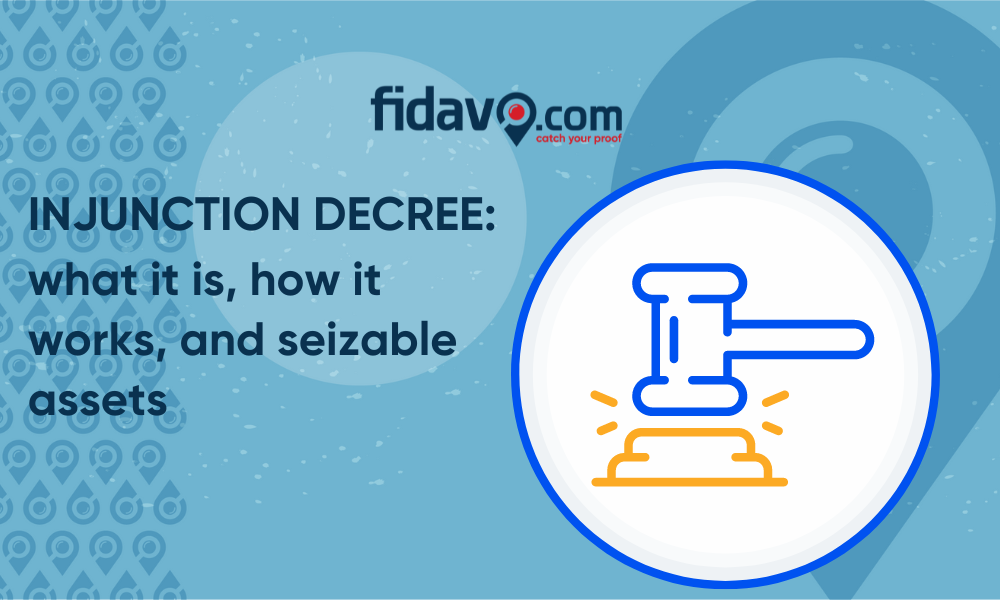Injunctive decree: what it is, how it works and attachable assets

What is a payment injunction?
Also known as monitoring measure, a payment injunction is one of the most effective tools available to a creditor for recovering their debt.
Why is it effective? Besides being quick, it is also cost-effective: the applicant of an enforcement title has the possibility to seize the assets of the debtor who incurred the debt quickly.
Specifically, a "decreto ingiuntivo" is a judicial act through which the judge orders the debtor to pay a sum of money following the request of a creditor. The same applies to the delivery of the debtor's assets through seizure.
How does the injunction work?
As part of proceedings characterized by executive predominance, the functioning of the injunction is particularly appreciated due to its streamlined process compared to ordinary proceedings.
It is issued without contradiction and without in-depth investigations.
Given its superficiality, it involves summary cognition, which only ceases if the debtor, as the defendant, decides to oppose it. In the case of opposition, the proceeding becomes full cognition and is characterized by the typical guarantees of adversarial proceedings. With the introduction of evidence, there is an increase not only in terms of costs but also in terms of timing.
A necessary condition for requesting a payment injunction is that the applicant proves ownership of a credit right or, alternatively, has concrete and written evidence of the claimed debt.
Anyone, whether individuals or legal entities, can resort to a payment injunction with the intention of obtaining a court order for the debtor to pay the owed sum.
The debtor is commonly referred to as the respondent, while the creditor is referred to as the applicant.
What are the risks for someone who receives a "decreto ingiuntivo"?
Someone who receives a payment injunction risks facing the seizure of their assets, as well as potential criminal liability.
The respondent has 40 days to pay the payment injunction. The only exception is if alternative agreements are made by the creditors to allow payment in installments.
In any case, if the debtor does not take timely action to complete the payment or, at the very least, to oppose the injunction, they risk having their assets seized, i.e., forced execution.
What can be seized with a payment injunction?
In recent times, due to the economic situation that has particularly affected Italy, an increasing number of people are unable to meet all their payments on time. As a result, the requests for payment injunctions from creditors are on the rise.
There are various assets that can be seized with a payment injunction.
Firstly, part of the salary. There are legal limits regarding the percentage of one's salary that can be subject to seizure (often the rule of 1/5, i.e., 20%, applies).
Bank accounts and deposits are also included in the list. The funds held in them can be subject to seizure if the debt has not been settled.
The same applies to real properties such as houses and lands, vehicles such as cars, motorcycles, and boats, movable assets like jewelry, furniture, appliances (with the exception of items with sentimental value and those satisfying primary needs, such as a bed for sleeping or a wardrobe for storing clothes), and finally, credits owed by third parties.
If the respondent has debts with third parties, such as commercial credits or loans, these are subject to seizure in order to settle the debt owed to the applicant.
How to determine if there are seizable assets?
To determine if there are seizable assets, it is wise to consult qualified professionals in the field, such as our private investigators.
Due to their years of experience in the matter, they are well-versed in the laws that regulate the process of debt recovery through asset seizure.
The debtor cannot know in advance that they will be subject to asset seizure, as it is at the discretion of the creditor. The recipient of the "decreto ingiuntivo" becomes aware of it only upon receiving the notification.
The act of asset seizure is always preceded by a "atto di precetto" (precetto act) through a judicial officer. This notice informs the debtor that they have 10 days to pay all the expenses.
If 90 days have passed since the "atto di precetto," the seizure cannot be initiated. The only exception is if there is no additional "atto di precetto" already issued.
 EN
EN  IT
IT 